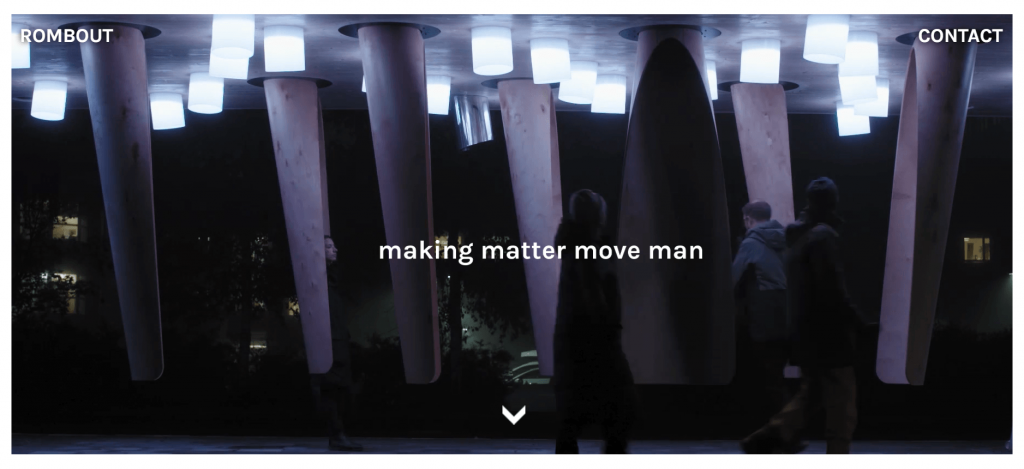Led by design team Rombout Frieling lab, Station of Being is an experimental bus station, which transforms the waiting experience through interactive light feedback and pods to lean on while waiting for the bus.
About Rombout Frieling lab

Rombout Frieling Lab is an architecture studio that focuses on design, engineering and innovation. They create environments that seduce us to behave more intelligently by resonating with our deeper needs and by using the potential of the natural world and bodies in particular. They lead complex projects from insight to implementation, with the motto of making matter move.
Concept of Station of Being


With electric buses starting to function reliably, cities worldwide aim to boost the public transportation experience in order to reduce car usage. However, in Sweden, bus stops are usually open-air, and people have a hard time waiting during winter as it is too cold. And a normal bus stop would not make taking public transportation seem very attractive.
Station of Being takes on a naturalistic and clean design, while being able to reflect real-time information on buses, and react to different people and buses. When the bus approaches, a subtle spectacle of light and sounds in the roof is triggered. Every bus line has a distinct signature: buses going to an old glass factory sound glassy; when voices sound the bus goes to the city center.
Hanging pods provide comfortable leaning possibilities. These ‘pods’ also keep the wind away, providing comfort in averse conditions, whilst not needing any power. By turning the Pods around, one could either create various social settings, or enjoy the surrounding nature – a need which was clearly expressed by travelers in the design process and kept the designers away from making an enclosed space.
“In this work we found, for instance, that one of the reasons why people prefer their car above the bus, is the need for privacy and the need to zone off,”
“This is one of the reason why we invented the wooden pods that hang from the ceiling of the station – the pods allow people to lean comfortably in their own ‘cocoon’, while they can also be rotated to create different settings: social or private.”
The bus stop shows how technology, people and environment can interact to decrease the environmental impact and carbon dioxide emissions. The bus stop is designed in collaboration with RISE Interactive Umeå and will make rapid boarding possible and will also be equipped with smart solutions, free WIFI and other technological data solutions. The design work has included creating a balance between efficiency and functionality and the design itself contributes to transforming the wait for the bus into a positive experience.
Thoughts
I thought that this work is a very good example of integrating Interactive Media into everyday life. Using lights and sounds to represent the arrival of each type of bus allows people to have a more efficient and pleasant experience while doing something mundane such as waiting for a bus. The lights and pods provide good visual aesthetics, which would attract people to come and wait for buses, and good product design of the pods help to block people from strong winds, rain and snow while waiting. Not only is this bus stop an artwork, but it also plays an important role in pushing for increased public transportation, and lesser carbon footprint, as the lights in the bus stop use renewable energy.
A similar work in Singapore would be the air-conditioned bus stop at Plaza Singapura. The bus stop is sealed and there are fans blowing inside the bus stop to keep people cool while they wait for a bus. The difference of that bus stop would attract people to come and take public transportation, rather than their own cars.
All in all, the dual purpose of portraying Interactive Art and lower carbon footprint through redesigning an everyday amenity can attract many people to try it out and gradually learn about its message. Hopefully Singapore can also create projects that deal with our everyday life or change certain environments and amenities for a better cause.
Sources
https://northswedencleantech.se/en/news/umea-gets-a-climate-smart-bus-stop/
http://www.rombout.design/station-of-being.html
http://www.rombout.design/


